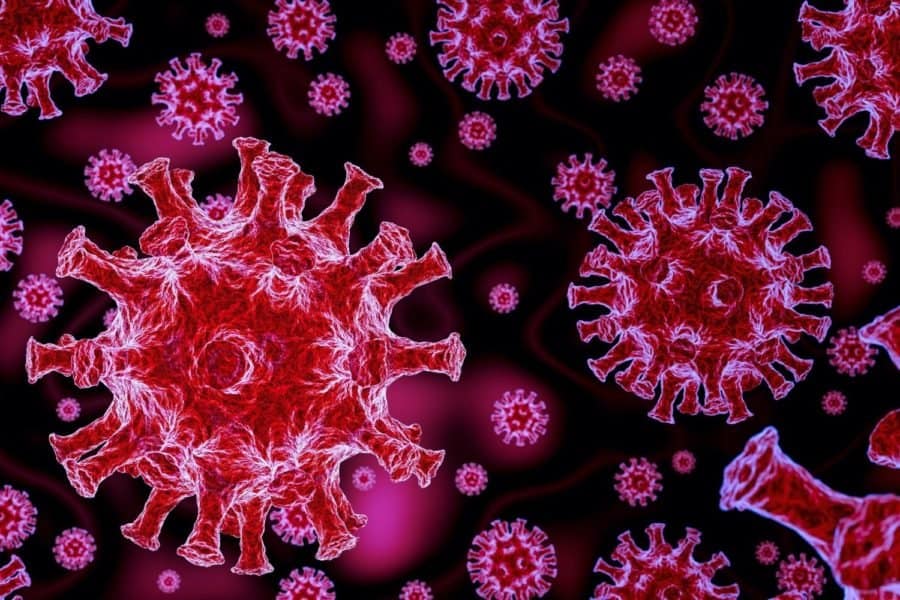Researchers at the University of São Paulo (USP) in Brazil have discovered that SARS-CoV-2, the virus responsible for COVID-19, can remain in the sperm of patients for up to 90 days after hospital discharge and up to 110 days after the initial infection. The study, published in the journal Andrology, is the first to demonstrate this prolonged presence of the virus in semen, which can lead to reduced sperm quality. The findings suggest that individuals planning to have children should observe a “quarantine” period after recovering from COVID-19.
The research team, supported by FAPESP, used real-time PCR and transmission electronic microscopy (TEM) to detect viral RNA in semen and spermatozoa donated by men convalescing from COVID-19. Semen samples were collected from 13 patients aged between 21 and 50 who had experienced mild, moderate, and severe cases of the disease and had been admitted to Hospital das Clínicas (HC), the hospital complex run by the university’s medical school (FM-USP).
Viral Presence and Sperm Damage
Although PCR test results were negative for SARS-CoV-2 in semen in all cases, the virus was detected in sperm from eight of 11 moderate to severe COVID-19 patients (72.7%) within 90 days of discharge. Additionally, the virus was detected in one of the mild COVID-19 patients. In total, the virus was found in sperm from nine of the 13 patients (69.2%). Two others exhibited ultrastructural gamete impairment similar to that observed in patients with a COVID-19 diagnosis. The authors concluded that 11 of the patients had the virus in their sperm.
“Moreover, we found that the sperm produced ‘extracellular traps’ based on nuclear DNA. In other words, genetic material in the nucleus decondensed, the sperms’ cell membranes ruptured, and the DNA was expelled into the extracellular medium, forming networks similar to those described previously in the systemic inflammatory response to SARS-CoV-2,” said Jorge Hallak, a professor at FM-USP and corresponding author of the article.
Sperm as Part of the Innate Immune System
TEM analysis revealed that the sperm produced extracellular traps based on nuclear DNA to neutralize the pathogen, “sacrificing themselves” to contain the pathogen in a mechanism known as a suicidal ETosis-like response (ETosis meaning death via extracellular traps).
“The finding that spermatozoa are part of the innate immune system and help defend the organism against attack by pathogens is unique in the literature and makes the study very important. It can be considered a scientific paradigm shift,” Hallak said.
This discovery adds a novel function to the role of sperm in reproduction. Hallak advocates postponement of natural conception and particularly of assisted reproduction for at least six months after infection by SARS-CoV-2, even if mild COVID-19 ensues.
The research group at HC-FM-USP has made several important discoveries related to the impact of COVID-19 on reproductive and sexual health since 2020. They found that men have a higher risk of severe COVID-19 infection and death from the disease, possibly due to the abundance of ACE2 receptors and TMPRSS2 in testes. The group also discovered that the testes are potential targets for infection by the virus, causing subclinical epididymitis and testicular lesions associated with COVID-19.
As the pandemic continues to evolve, understanding the long-term effects of SARS-CoV-2 on reproductive health is crucial for both individuals and healthcare professionals. The findings of this study underscore the importance of caution and further research in this area.


